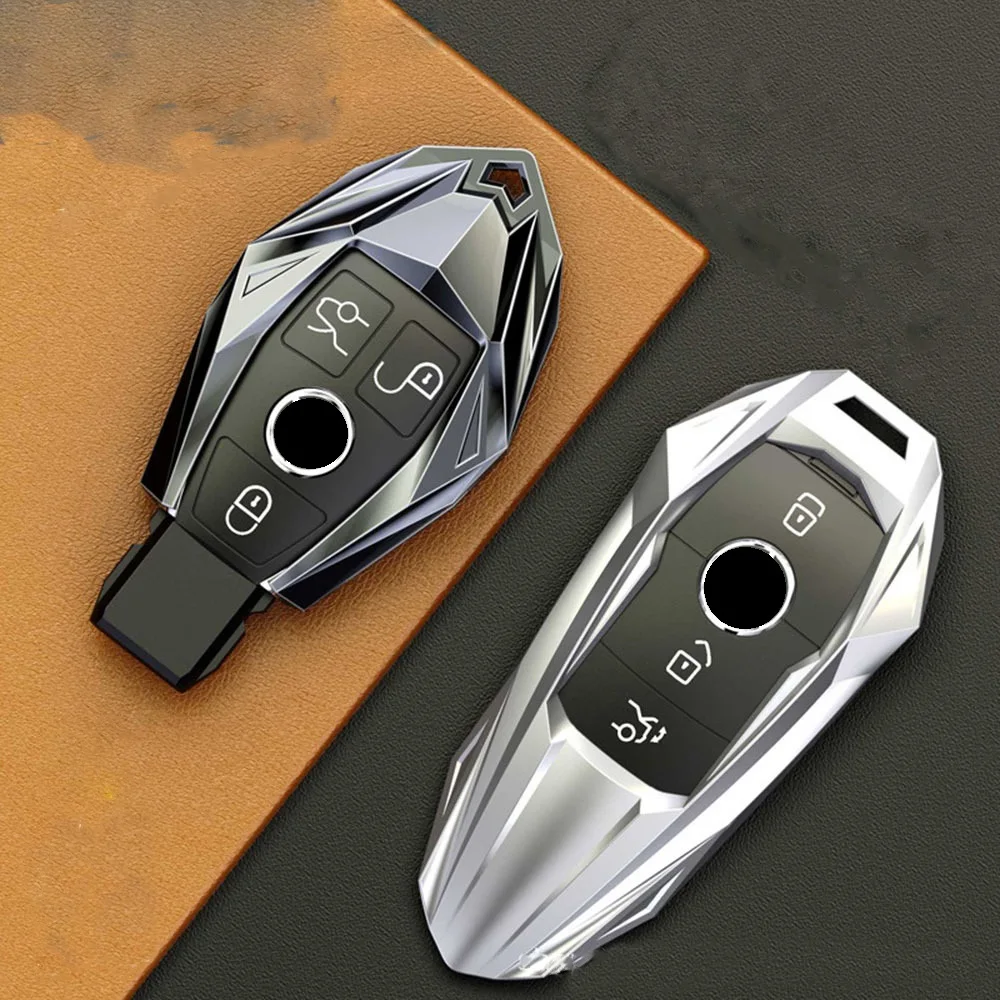Quaternary History and Palaeolithic Archaeology in the Axe Valley at Broom, South West England (Hardback)


sku: COM9781842175200NEW
ACCORDING TO OUR RECORDS THIS PRODUCT IS NOT AVAILABLE NOW
$69.50
Shipping from: Canada
Description
This investigation of the Lower Palaeolithic site at Broom, Devon, highlights the huge potential of old sites and the importance of the archaeological and geological legacy resulting from more than 150 years of field investigations. The site, which has produced large numbers of Palaeolithic artefacts and is located in Middle Pleistocene fluvial sediments approximately 300,000 years old, is generally regarded as the most important open-air archaeological site of earlier Palaeolithic age in south-western Britain. A key source of information is the collection of C.E. Bean during the 1930s and early 1940s, combined with his compilation of an extensive documentary archive. The primary focus of the volume is the Broom site itself, seeking to explain the distinctive character of its Acheulean archaeology, the environmental conditions in which the hominin occupants of the Axe valley flourished, and for how long. The setting of the Palaeolithic archaeology within the unusual terrace deposits of the River Axe is explored and the local and global factors affecting it, including bedrock geology, tectonic uplift, climatic conditions and changing base-level, examined. The findings add significant strands to the growing understanding of Pleistocene fluvial sequences at both a national and a global scale, the nature and technological attributes of Palaeolithic assemblages and highlights the value of the data that can still be extracted from such assemblages across the Acheulean world.Table of Contents1. Introduction: compiling the Pleistocene record from the Trent2. Geology: sedimentological and geomorphological data from the TVPP3. Palaeontology: data from fossils for palaeo-environments and biostratigraphy4. Gravel extraction: history of the aggregates industry in the Trent valley5. Archaeology: the Lower and Middle Palaeolithic record from the Trent catchment6. Synthesis: the Pleistocene evolution and human occupation of the Trent
Price history chart & currency exchange rate
Customers also viewed

$12.51
The new solar ground plug-in light outdoor new energy high-light villa layout landscape garden garden lawn induction light
aliexpress.com
$2.08
The Witch Sabbath And The Evil Spirit Trapped In The Tree Vintage Wall Art Canvas Print Witchcraft Art Poster Print Home Decor
aliexpress.com
$149.73
30ML Built-in Rechargeable Car and Home Battery Scent Diffuser Car custom air freshener bulk car scent freshener scent diffuser
aliexpress.com
$715.51
Upgrade auto brake conversion kit 345 380mm racing modified 4 pot front brake caliper For Audi Q7 Porsche original setting
aliexpress.com
$1.77
12V to 5V Converter BuckingModule USB Output Power Adapter Converter Direct Current to Direct Current Regulator AOS
aliexpress.com
$8.04
Women Casual Pants Elastic Waist Drawstring Harem Pants Digital Floral Print Beach Daily Long Trousers Summer Baggy Trousers
aliexpress.com
$0.75
NICEYARD 900M-T-I 900M-T-SI Oxygen-free Copper Soldering Iron Tip Non-magnetic For Solder Station Tools
aliexpress.com
$50.79
Pendant Necklaces Animal Swallow Bird Tassel Adjustable Round Necklace For Women Choker Chain Jewelry Collier Femme Wholesale
dhgate.com
$3.58
costume accessories halloween zombie neck scar tattoos fake scars bloody horror wound blood injury sticker, Silver
dhgate.com
$5.00
Woman creating mood board. Cards and posters mock ups on grid board. Copy space. Feminine hipster office table decoration. Home office desktop. Freela
creativemarket.com
$12.64
Сексуальные платья, платье для вечерние, ночного клуба, 2021, сексуальное короткое платье для выпускного вечера, платье для женщин, женские пл...
aliexpress.ru
$25.08
Защита от удара двигателя мотоцикла, прокладка, ползунок рамы, протектор для Kawasaki Ninja 250 400 2018-2020
aliexpress.ru
$137.79
CAWAYI питомник автомобиля собаки шаги Pet лестницы собака пандус легкий складной лестница для животных пандус собака лестница для высокой кро...
aliexpress.ru
$1.69
Быстросохнущая мужская шапка, велосипедная шапка с черепом, велосипедная шапка под шлем для мотоциклистов, шапка для верховой езды, Спорт н...
aliexpress.ru
$15.59
Чехол для автомобильного Брелока Для Mercedes Benz E C Class W204 W212 W176 GLC CLA GLA, автомобильные аксессуары
aliexpress.ru
$37.58
Женские зимние ботинки в стиле Timberland Classic Boots, нубук, (с натуральным мехом), коричневый, Турция 39
prom.ua
$32.73
Кроссовки мужские Adidas x Pharrell Williams Human Race NMD красные, Адидас, дышащий материал. Код KD-11537 45, Красный
prom.ua
$32.73
Мужские кроссовки в стиле Adidas Адидас Run90s neo, разноцветные 44 (28 см), Разные цвета
prom.ua
$18.56
2019 новый хлопок майка leopard 1a5 panzer бундесвер pzbtl leo1 kampfpanzer panzertruppe футболка летняя футболка
dhgate.com
$18.56
смешные скелеты смешной подарок lgbt ветеран тенниска мужчины характер майка o шеи нормальный сумасшедший новый стиль весна осень family руб
dhgate.com
$12.12
новый рулевое колеса автомобиля крышка рулевого колеса протектор кожи волокна обложка автомобилей универсальный anti-slip рука строчка
dhgate.com
$131.72
Genuine Leather Fashion Cross Tied Autumn Winter Black High Boots Fashion Side Zipper Round Toe Thick Bottom Female Knight Boots
aliexpress.com
$21.78
tospra digital car truck vehicle air tire pressure inflator gauge lcd dial meter test car tire pressure gauge meter
dhgate.com
$15.57
Bluezoo Black Gold Sandal Folding Comb + PU Bag Hair Beard Comb Portable Comb Care Moustache Beauty Tool
dhgate.com
$69.73
New Fashion High-Quality Brand Designer Handbags Women with Flower Famous Elegant Brand Handbag Luxury Designer Bags Totes Travel Bag
dhgate.com





















